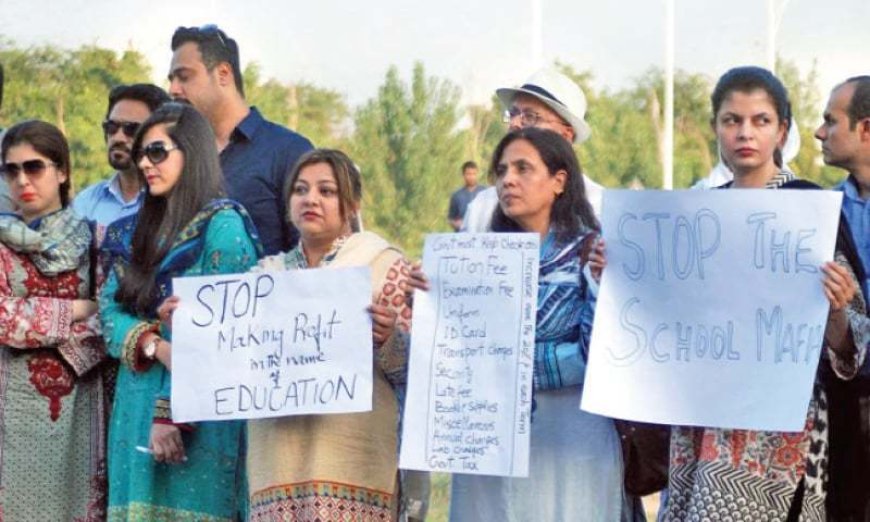The Cost of Education in Pakistan: A Growing Concern
Education is a fundamental right of every individual, and it plays a vital role in shaping the future of a nation. However, in Pakistan,

Education is a fundamental right of every individual, and it plays a vital role in shaping the future of a nation. However, in Pakistan, the cost of education has become a growing concern, with many families struggling to afford the high fees associated with quality education. This article will discuss the reasons behind the expensive education in Pakistan and its impact on students and the nation as a whole.
One of the main reasons for expensive education in Pakistan is the privatization of education. The government has failed to provide quality education to its citizens, which has resulted in the rise of private schools and universities. These private institutions charge high fees, making it difficult for low-income families to afford education for their children. Additionally, the lack of regulation in the private education sector has allowed schools and universities to increase fees at their discretion, further exacerbating the problem.
Another reason for the high cost of education in Pakistan is the unequal distribution of resources. The majority of high-quality educational institutions are located in urban areas, leaving rural areas with limited access to quality education. This means that students living in rural areas have to travel long distances to attend good schools or pay exorbitant fees to study in urban areas. This disparity in access to quality education puts students from low-income families at a disadvantage, perpetuating the cycle of poverty.
Furthermore, the cost of education in Pakistan has been rising at an alarming rate. The inflation rate in the country has been steadily increasing, which has led to an increase in the cost of education. According to a report by the Pakistan Bureau of Statistics, the education index increased by 12.04% in 2020 as compared to 2019, making it difficult for families to keep up with the rising cost of education.
The impact of expensive education is far-reaching, not only affecting students and their families but also the nation as a whole. Firstly, the high cost of education has resulted in a decrease in the literacy rate in Pakistan. According to the United Nations Educational, Scientific and Cultural Organization (UNESCO), Pakistan has a literacy rate of 60%, which is significantly lower than that of other developing countries. This low literacy rate can be attributed to the high cost of education, which has made it difficult for families to send their children to school.
Moreover, expensive education has widened the gap between the rich and poor, making education a luxury for the wealthy. This has resulted in a lack of diversity in educational institutions, with students from affluent backgrounds dominating the student population. The lack of diversity in educational institutions has far-reaching consequences, as it limits the perspectives and experiences of students, hindering their ability to think critically and creatively.
In conclusion, the high cost of education in Pakistan is a growing concern that needs to be addressed urgently. The privatization of education, the unequal distribution of resources, and the rising cost of education are the main reasons for the expensive education in Pakistan. The impact of expensive education is far-reaching, affecting the literacy rate in Pakistan and widening the gap between the rich and poor. It is imperative that the government takes steps to regulate the private education sector, increase funding for education in rural areas, and provide financial aid to students from low-income families to make education accessible for all.
